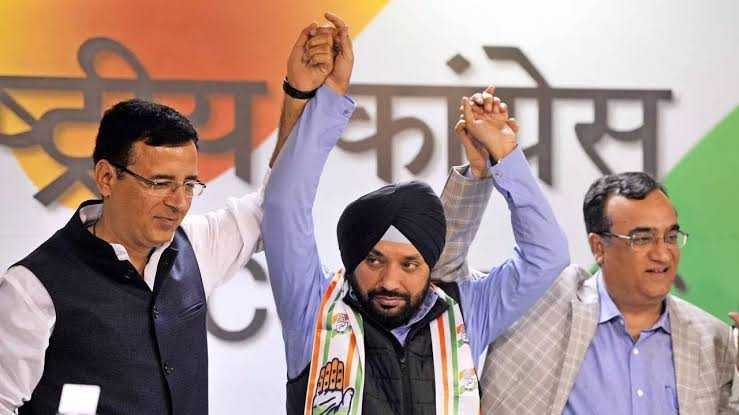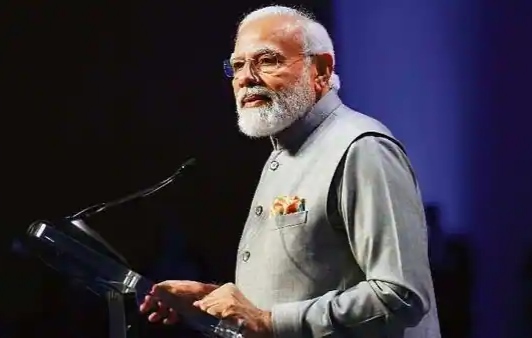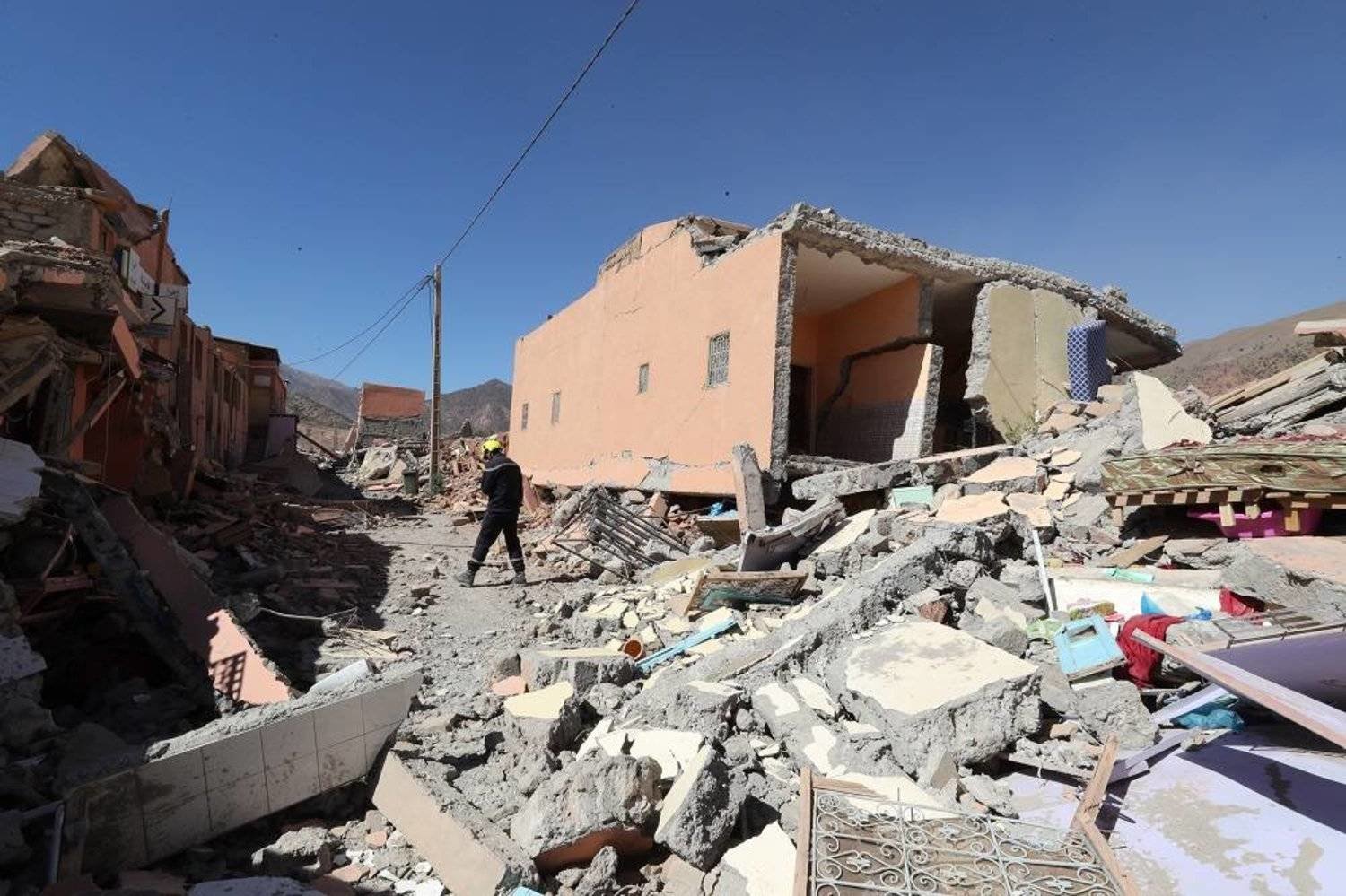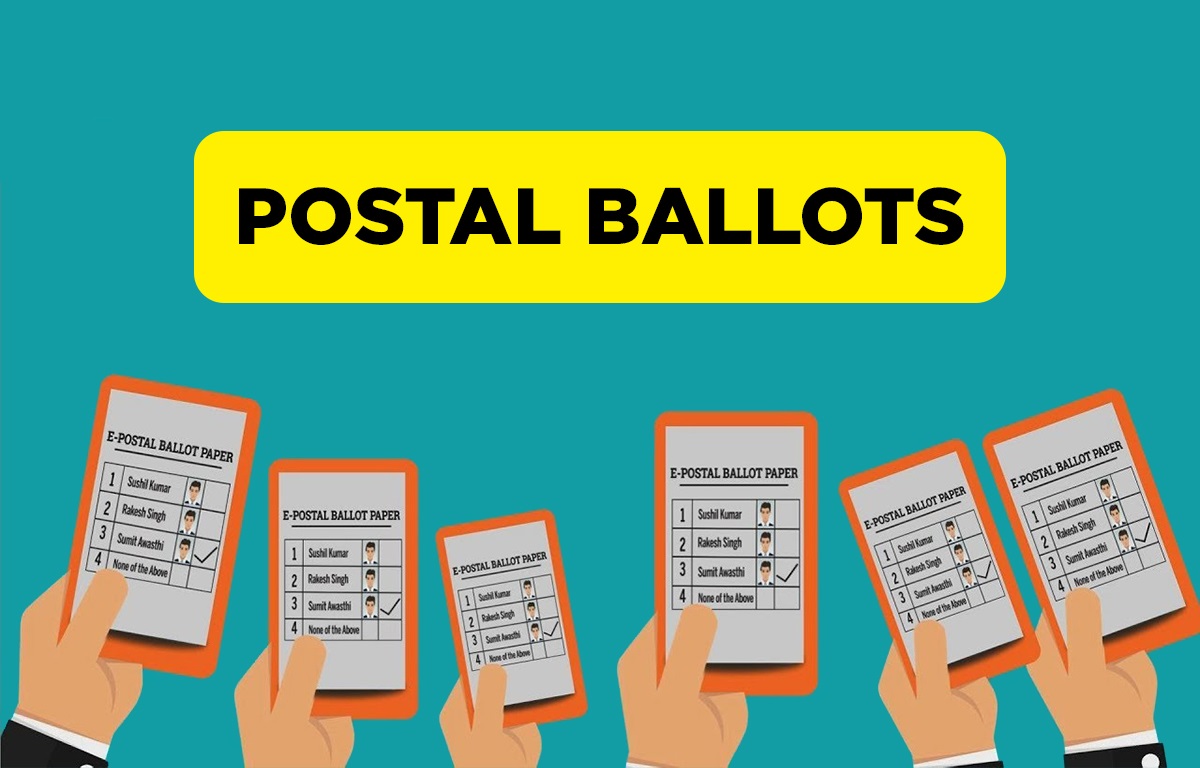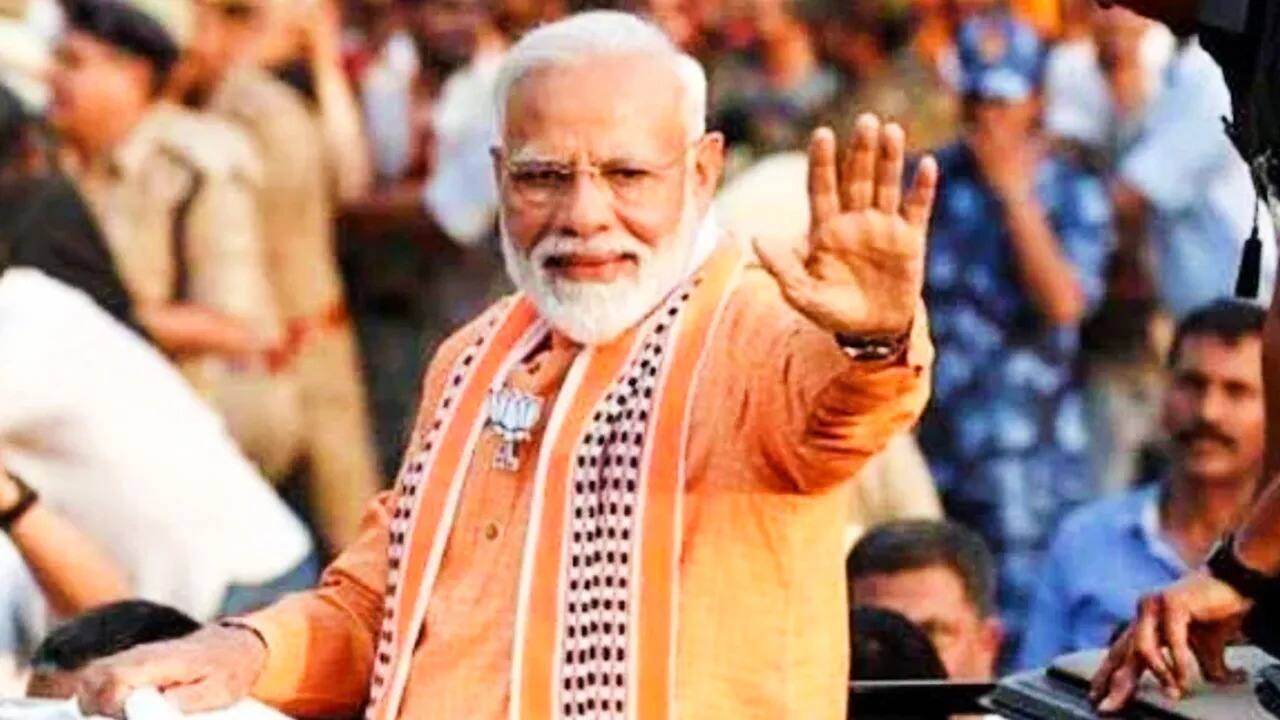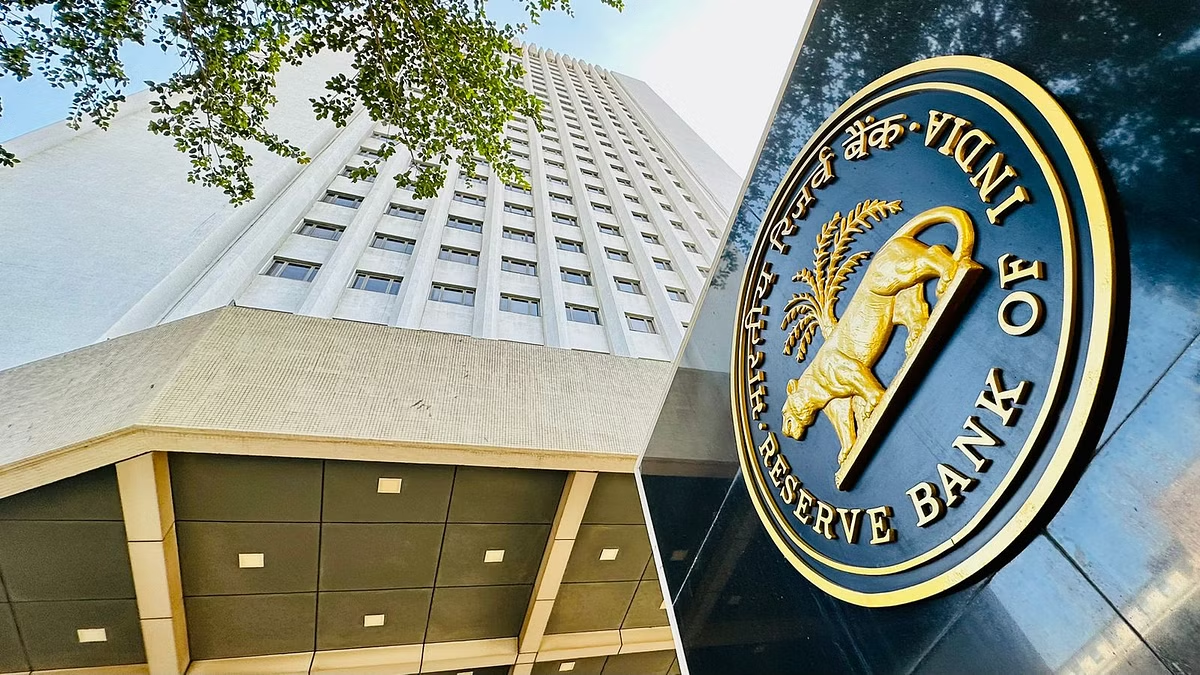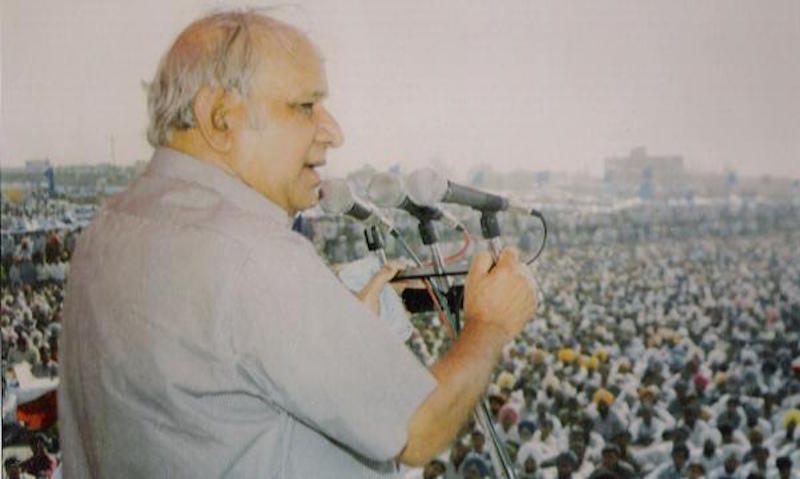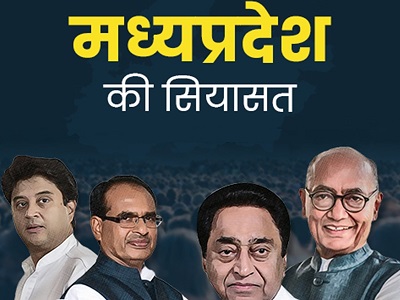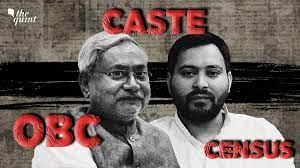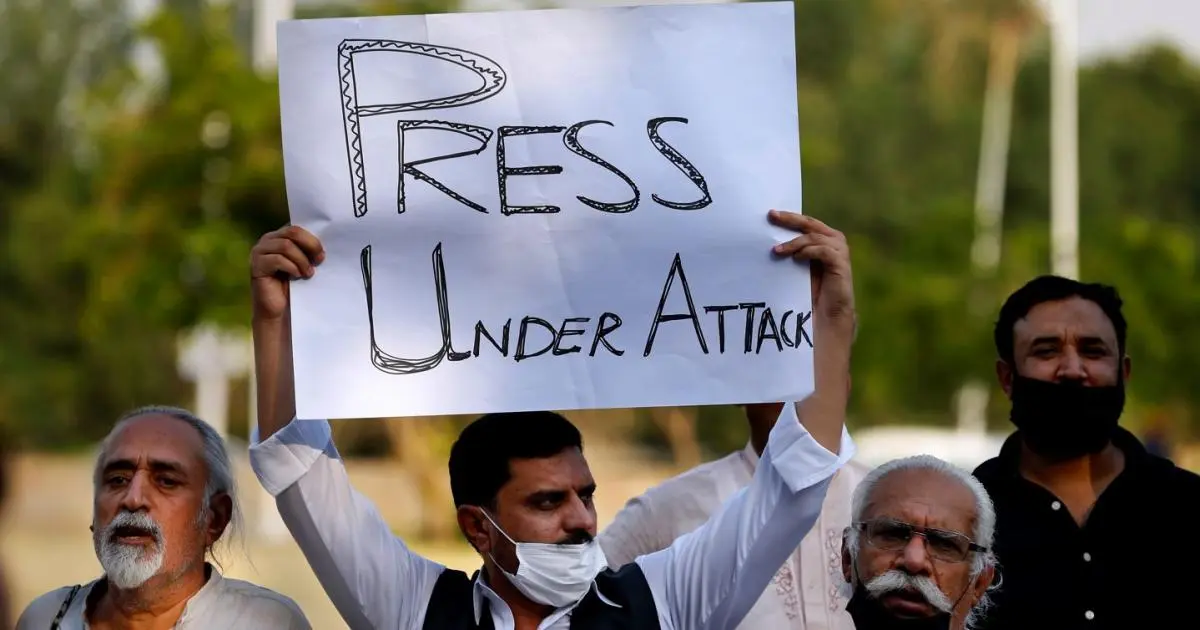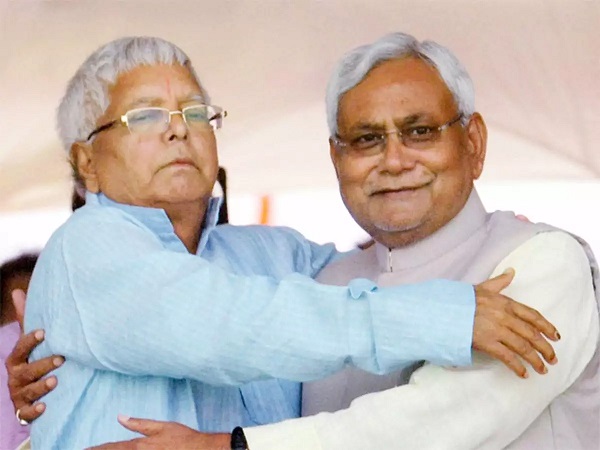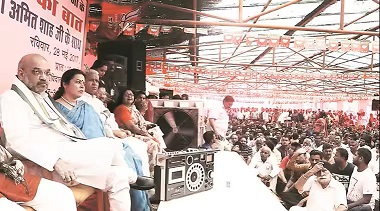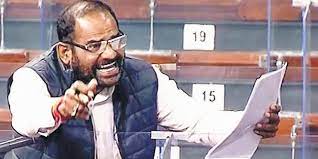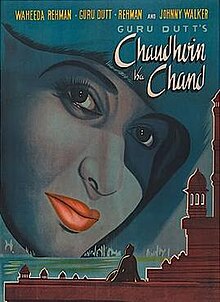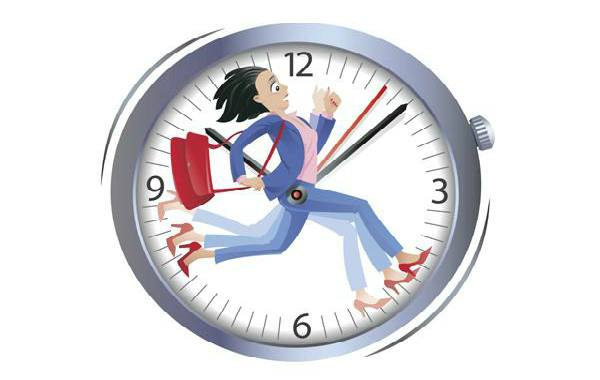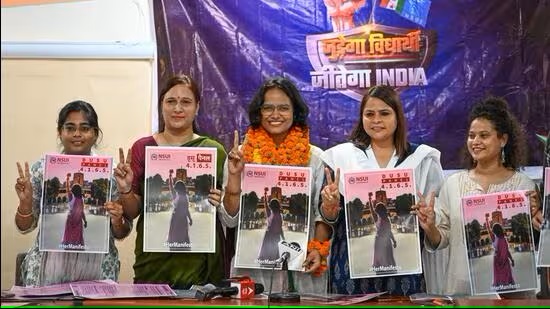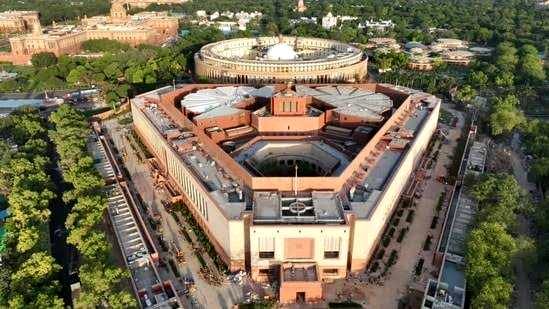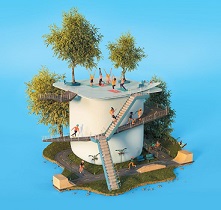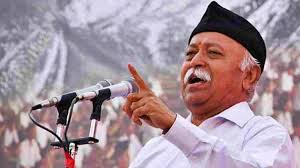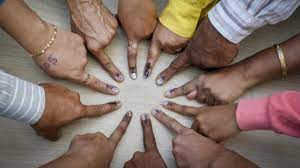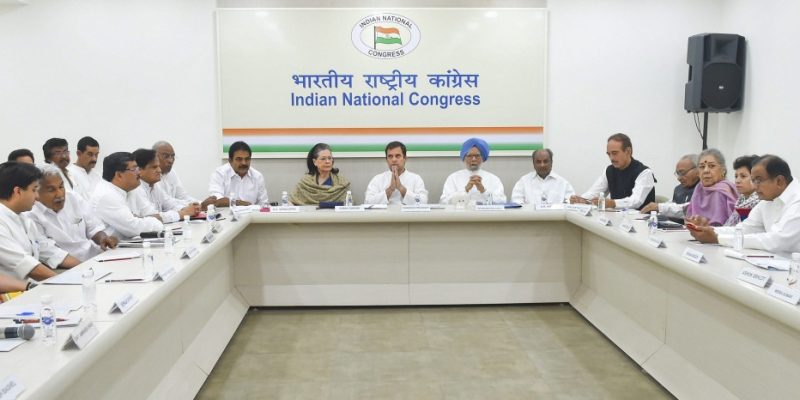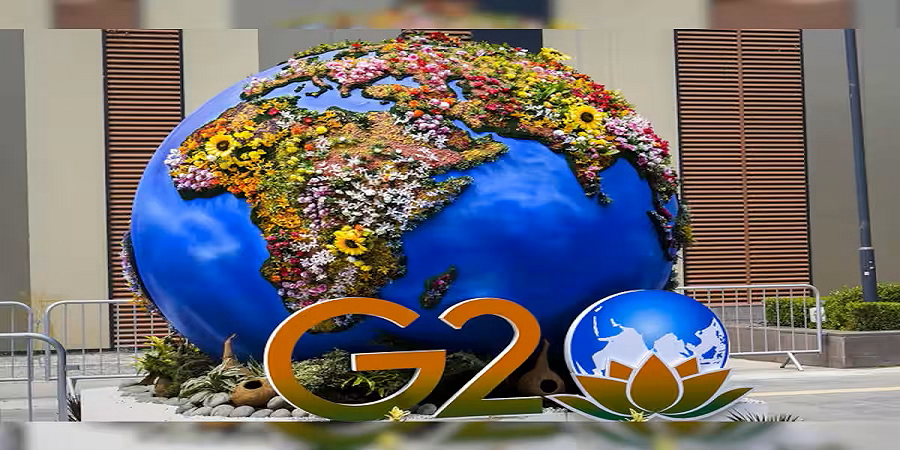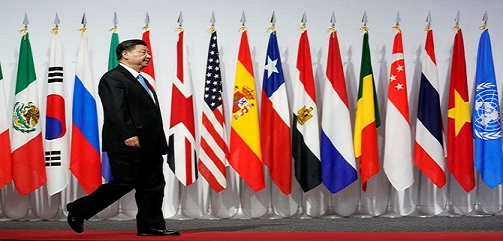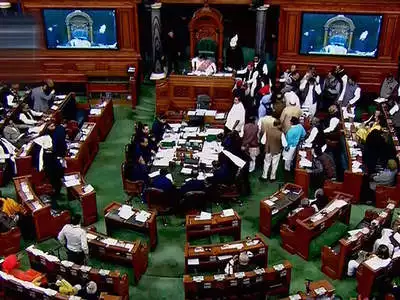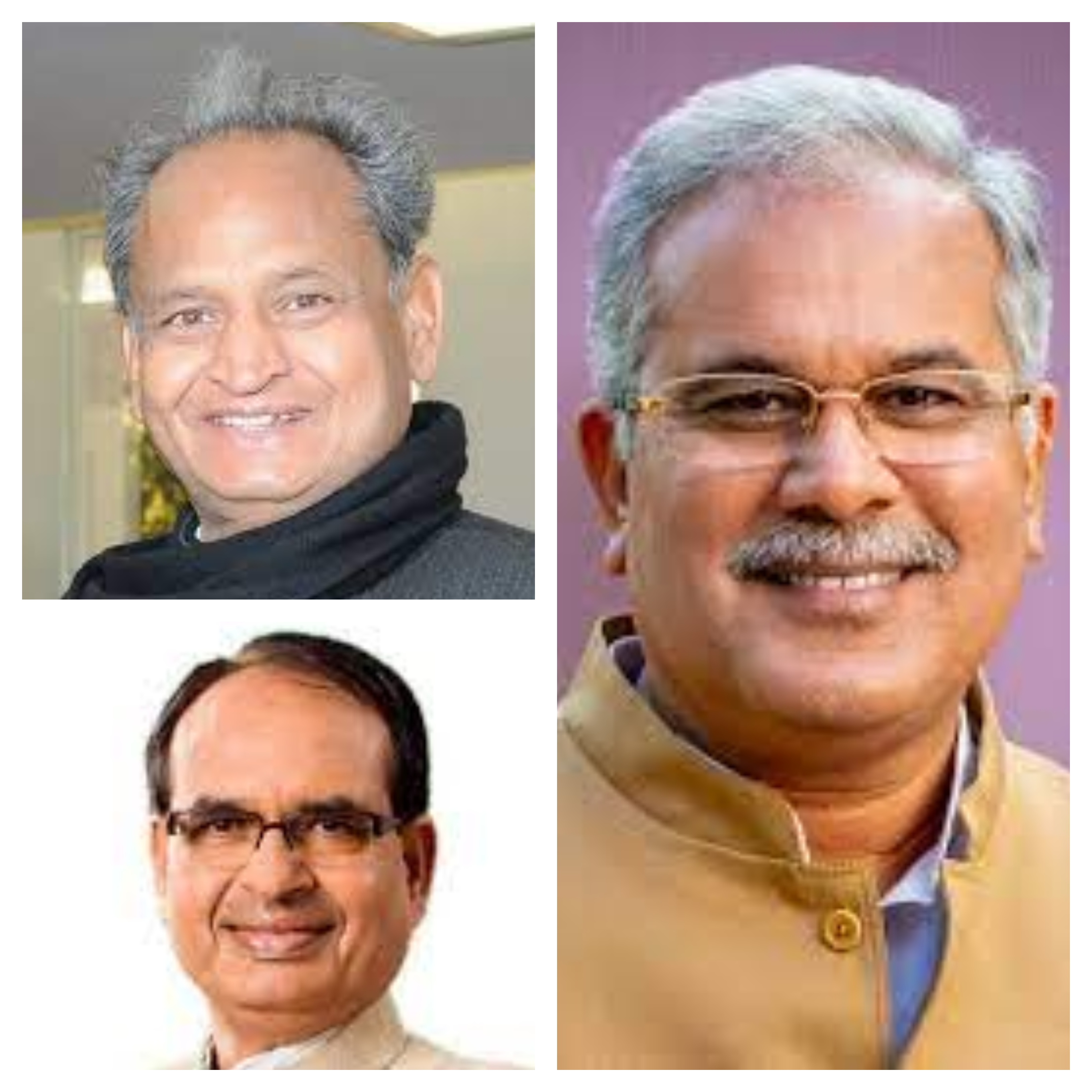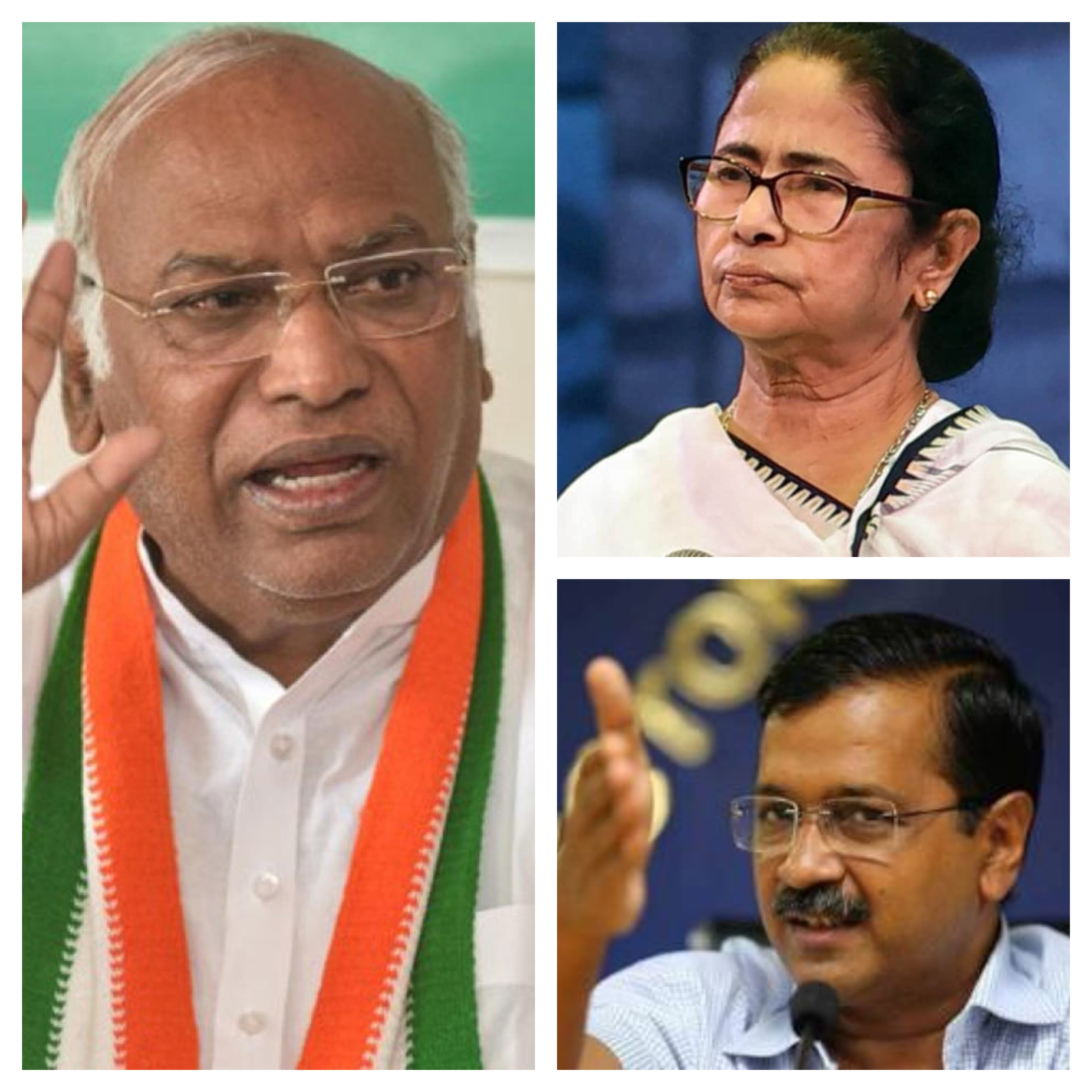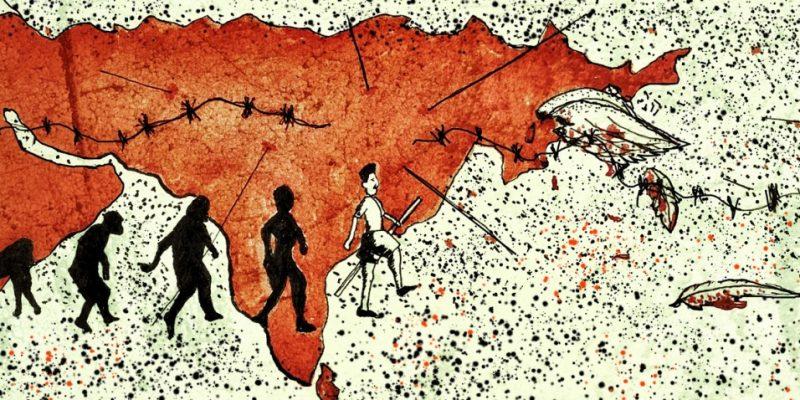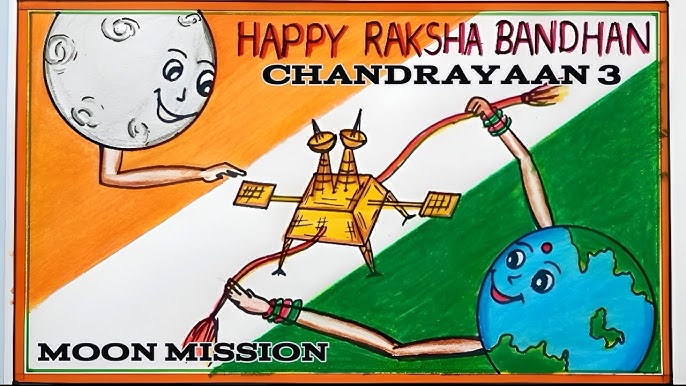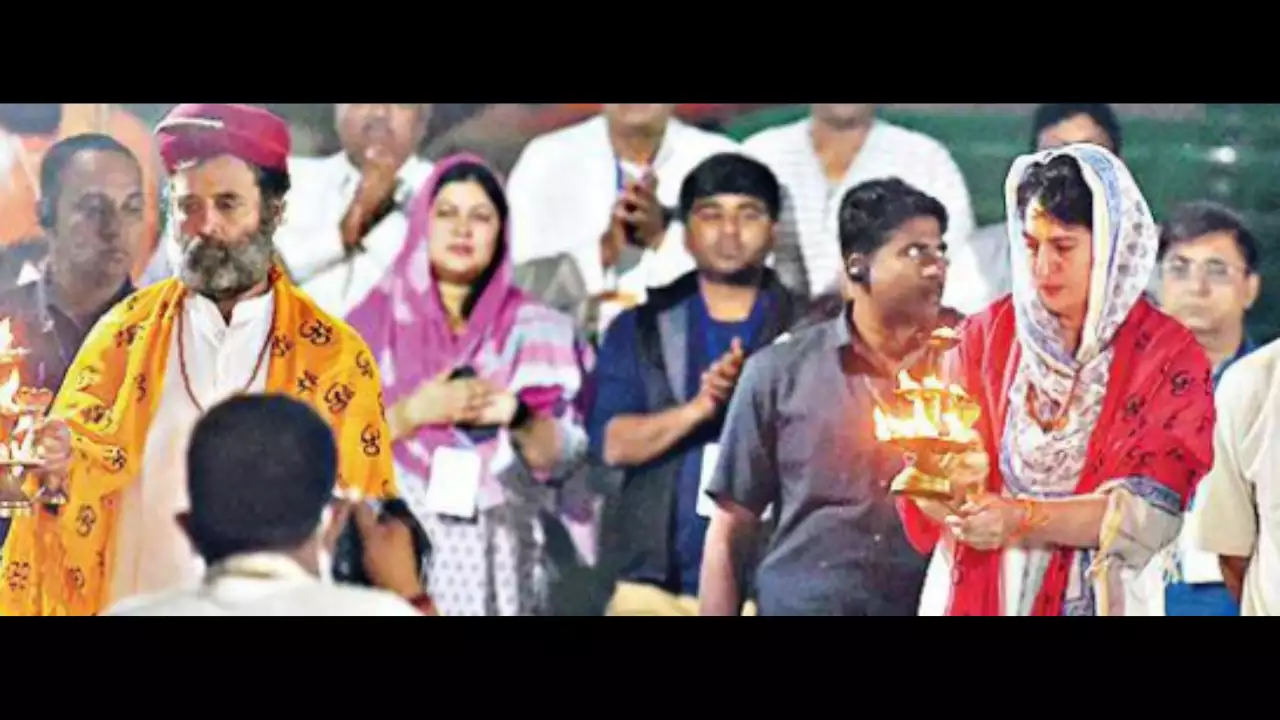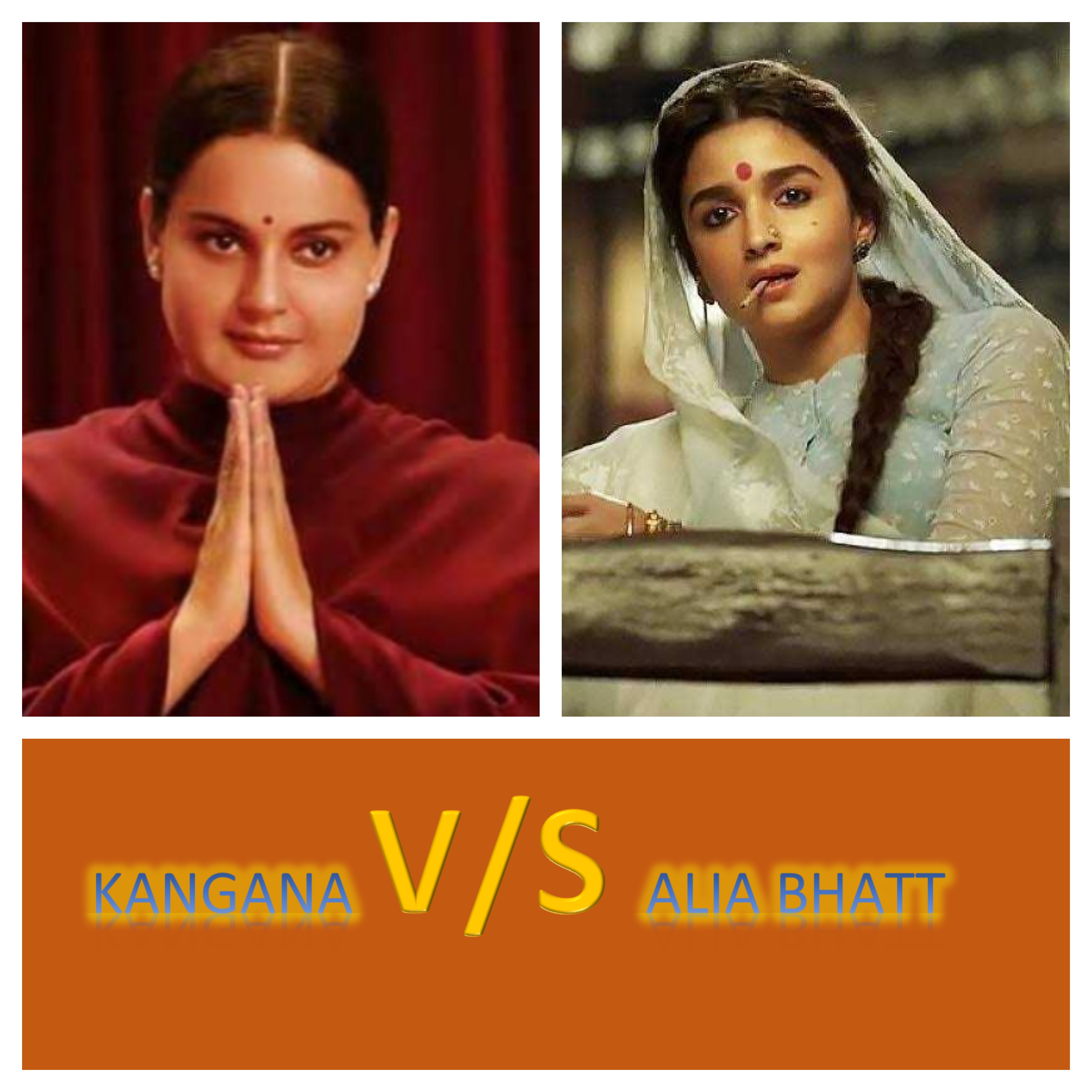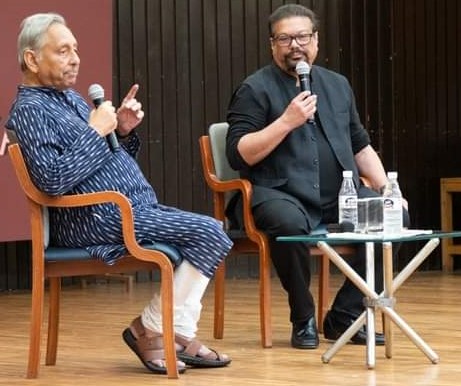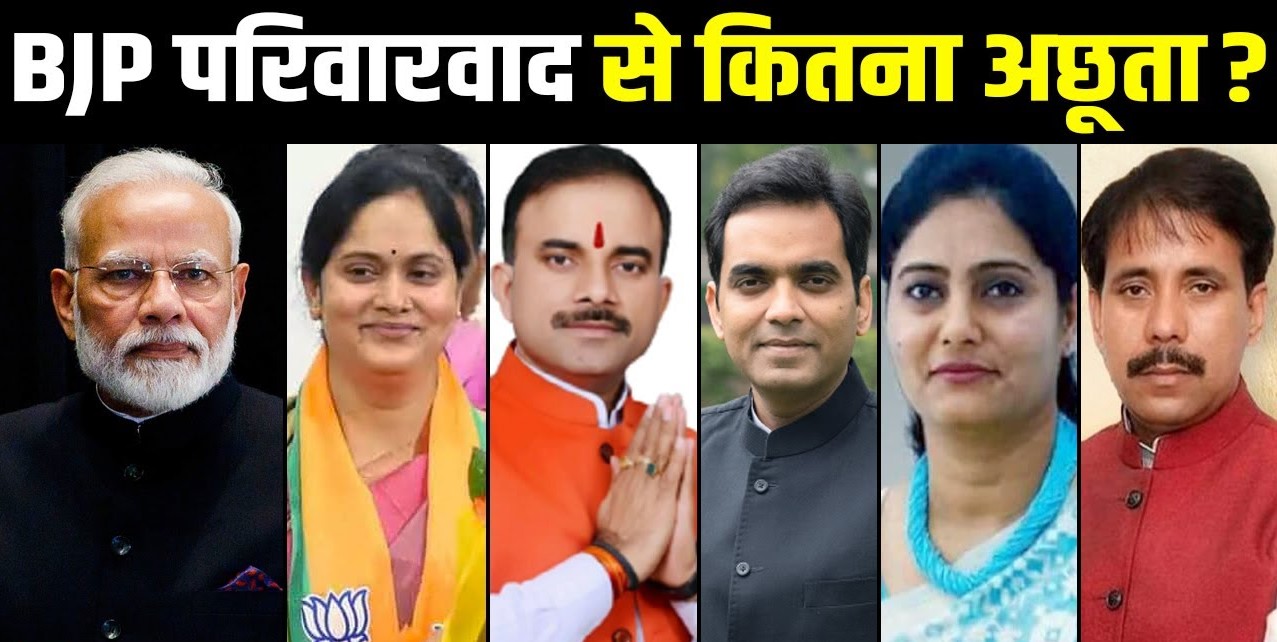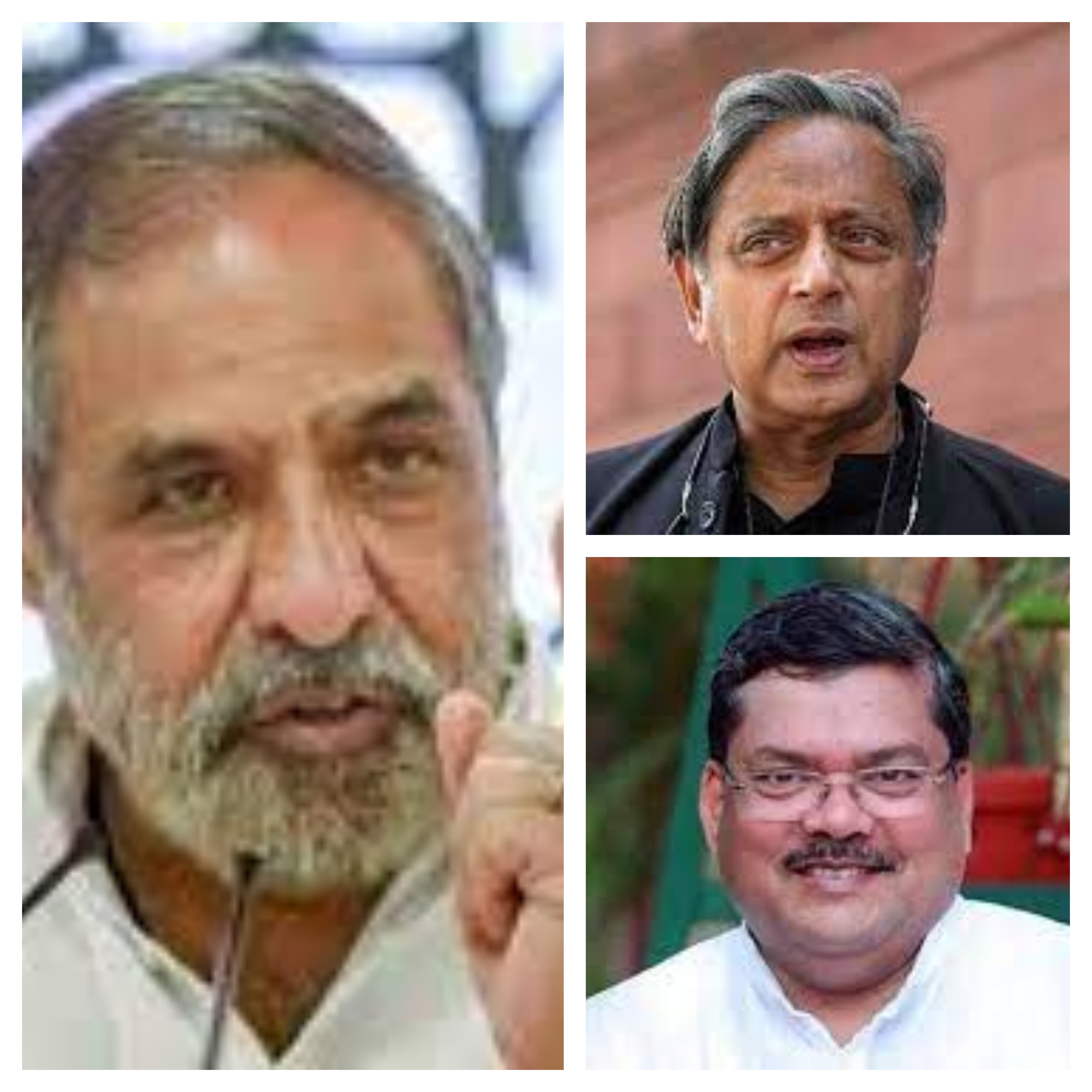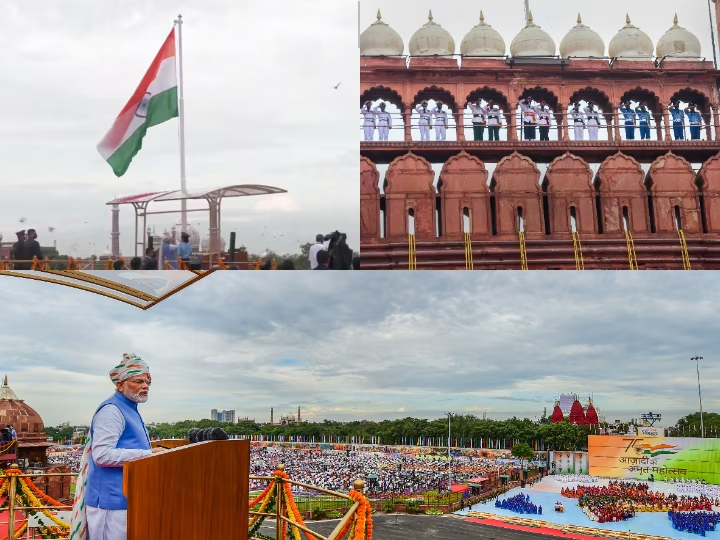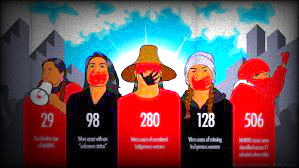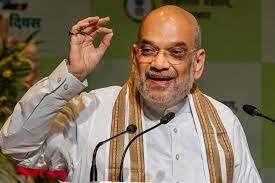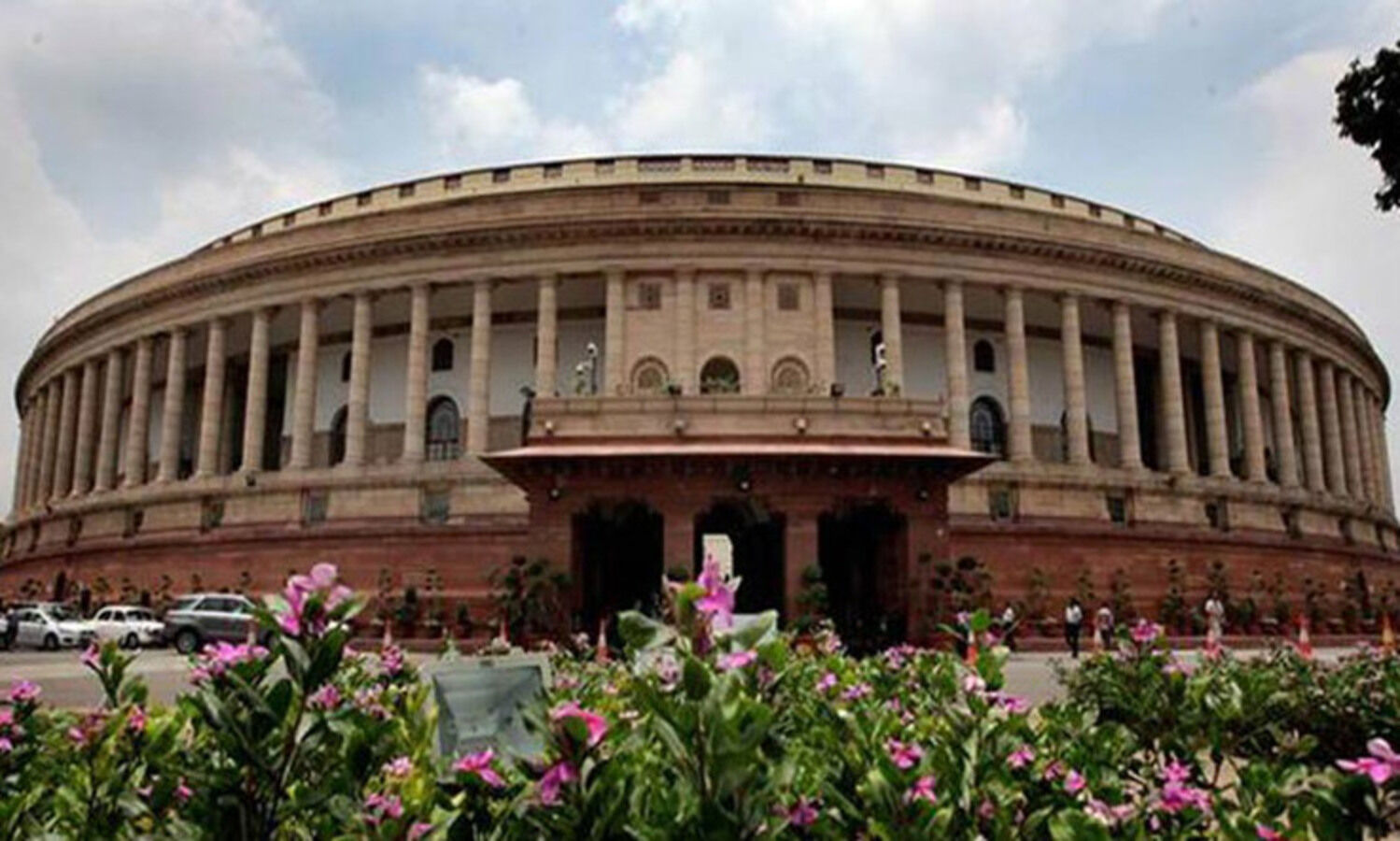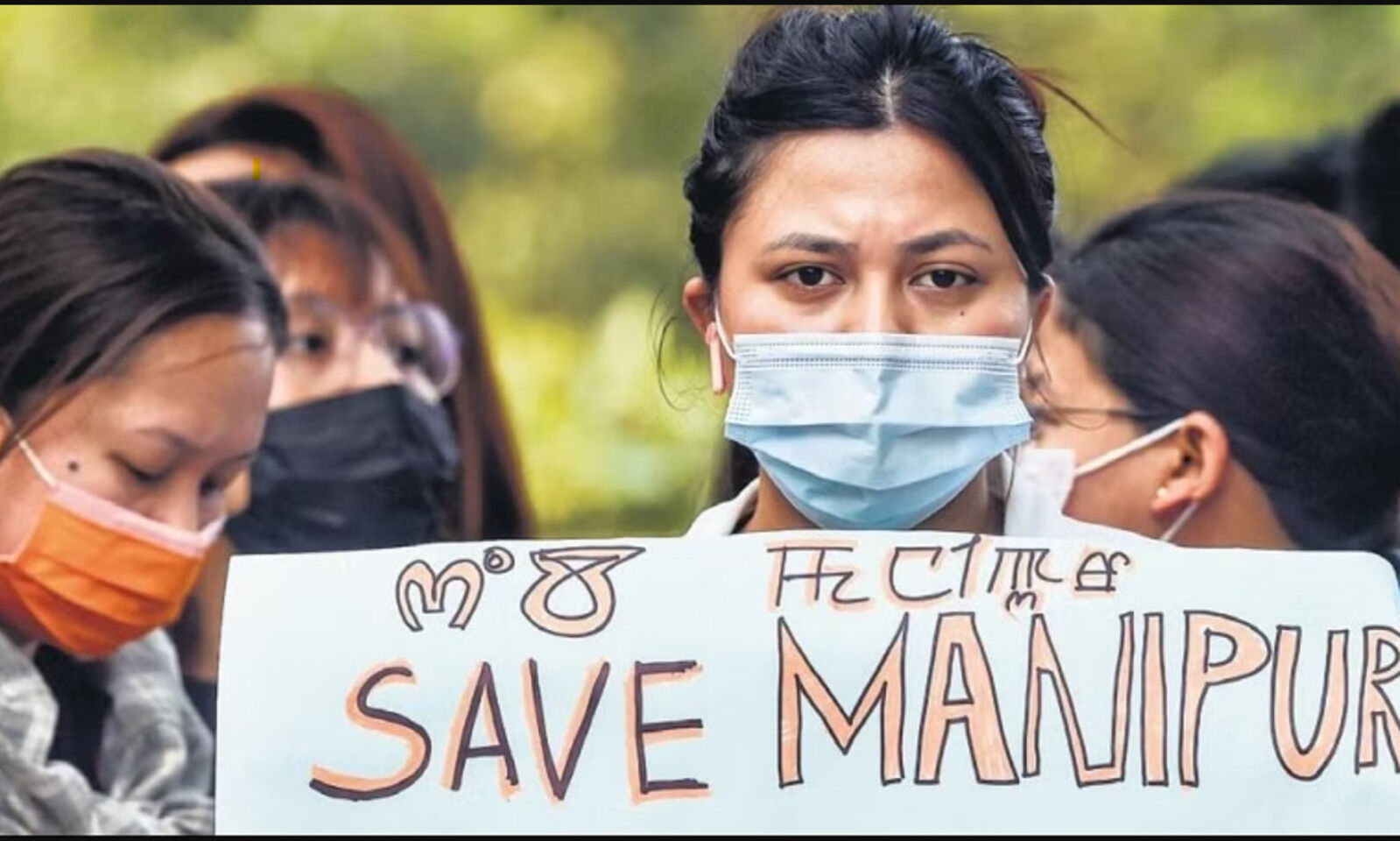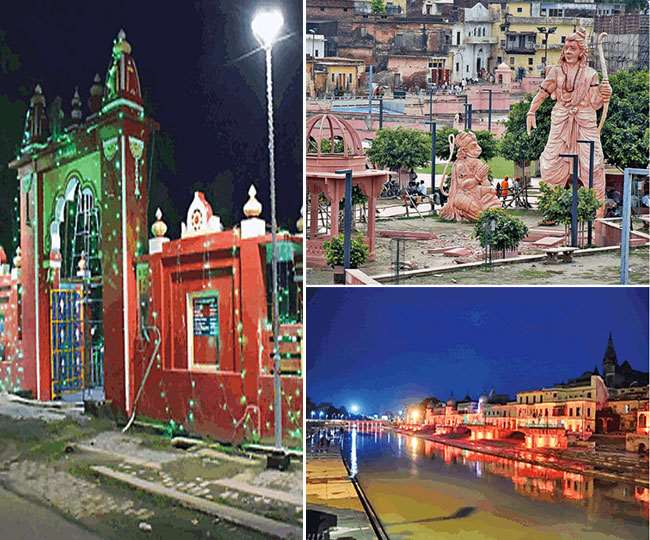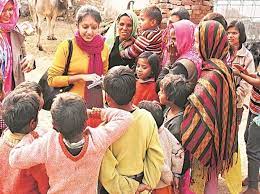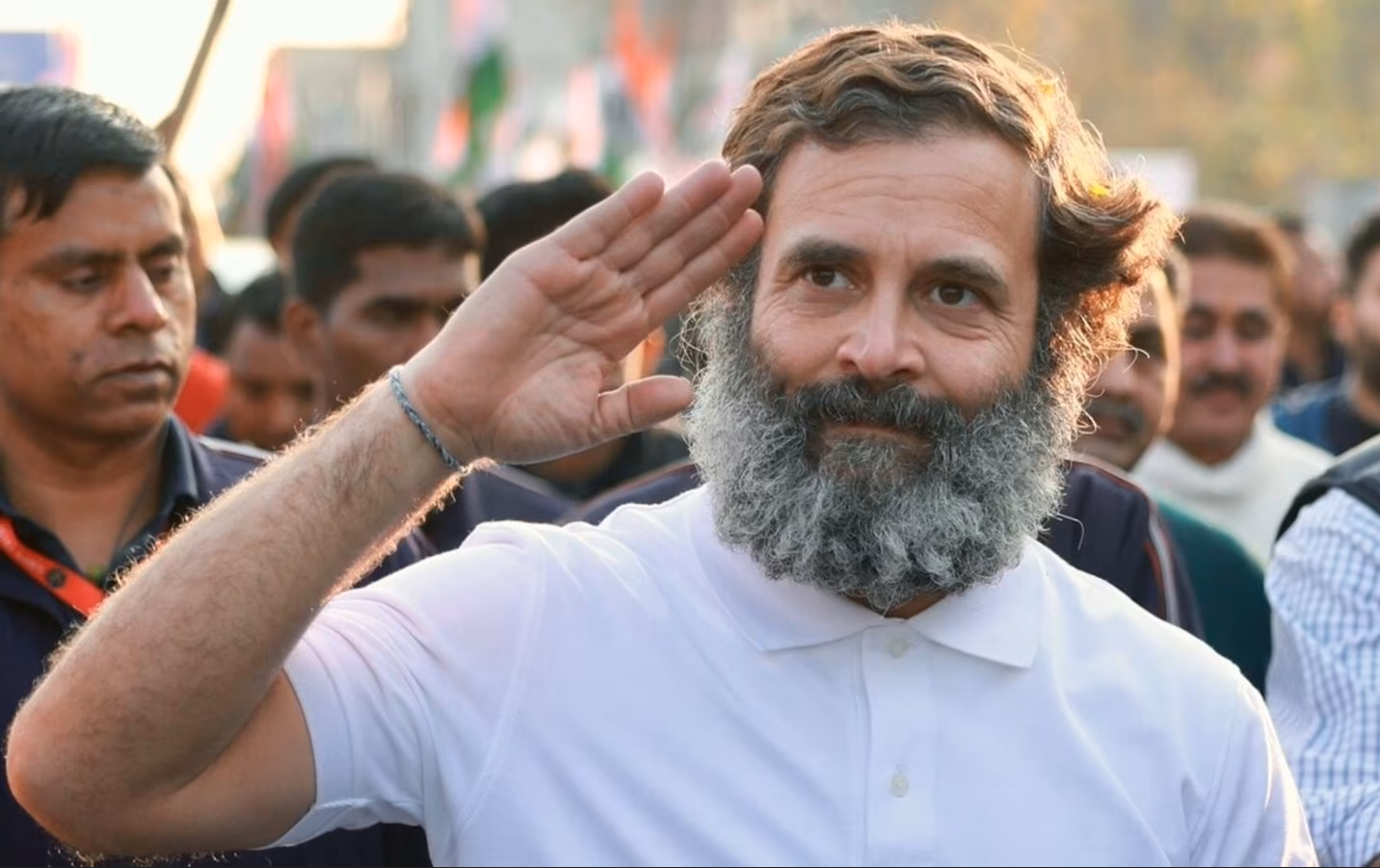26
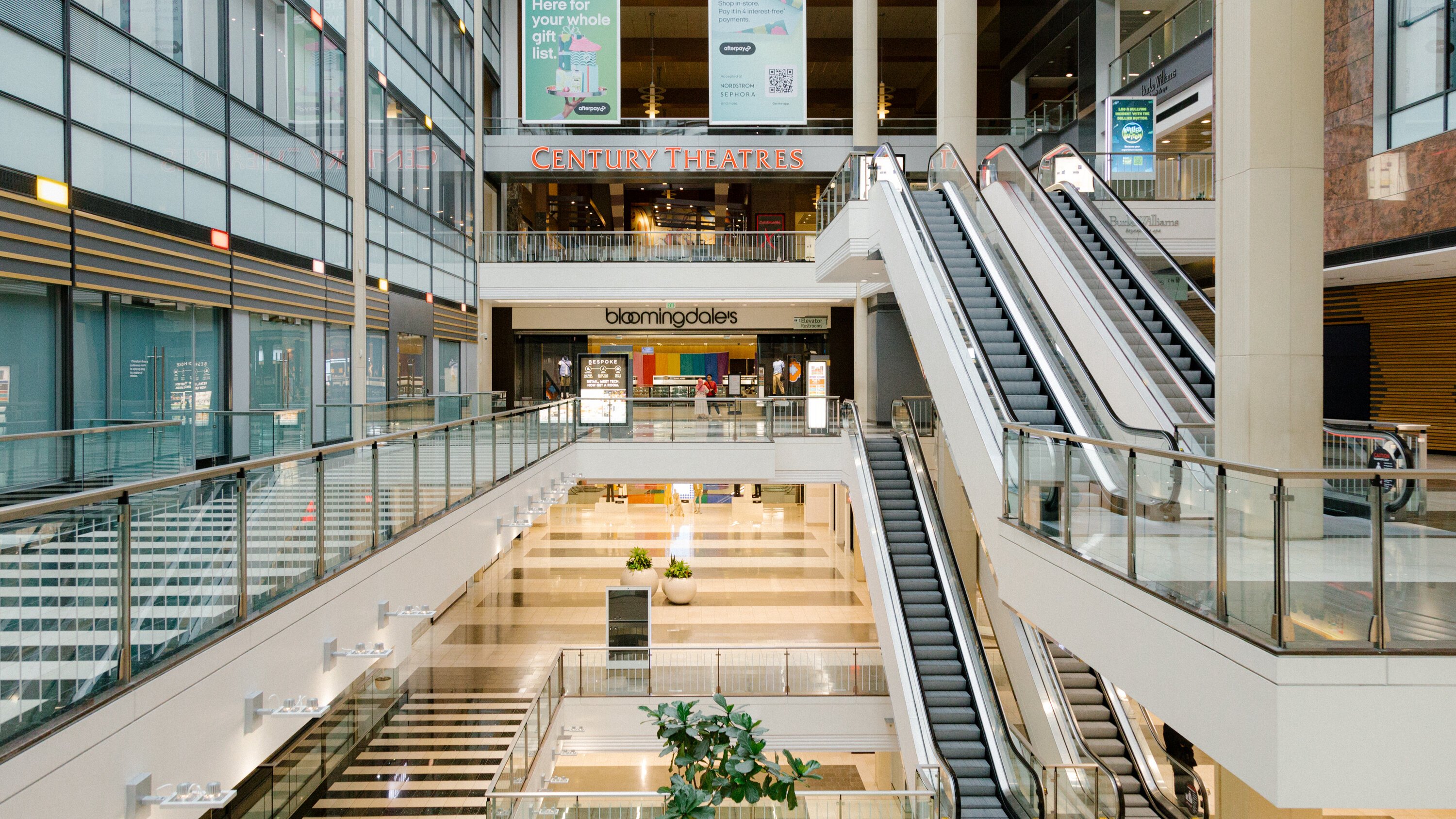
New Delhi, 26, September 2023
Stocks are crashing with the US announcing the possibility of a rate hike. In three sessions, or three days, the BSE lost 1600 points. The rising crude prices and weaker rupee have added to the problems.
Shivaji Sarkar

If the country is doing well as per popular belief, why are shopping malls and showrooms across the country closing down, even in well off Ahmedabad and seven other cities.
It’s not a riddle but reality that the world’s supposedly fifth or third economy has to strive with. Malls may not be an indicator of an economy, some may argue, but precious wealth was sunk in it to showcase the economy. The showrooms, restaurants are in dicey state almost everywhere.
Stocks are crashing with the US announcing the possibility of a rate hike. In three sessions, or three days, the BSE lost 1600 points. The rising crude prices and weaker rupee have added to the problems.
Let us go further. The stock market is in a tizzy and losing heavily during the week with the US toughening its interest rates. The rupee has sunk below Rs 83 once again. The CAG says funds are diverted or not parked properly. The RBI finds savings dwindling.
The country’s debts are on the rise and GDP growth is based on government induced expenditure passed off as infra spending. The over Rs 2 lakh crore a year dole to 81 crore people and investments in demolitions and constructions also add to ‘satisfying’ GDP stats. Often the growing fiscal deficit is ignored as a ‘normal’ phenomenon. The debts also continue to rise.
According to the IMF's World Economic Outlook, the size of the Indian economy will increase from $3.2 trillion in 2021-22 to $3.5 trillion in 2022-23 and cross $5 trillion in 2026-27. It does not say that of this, even in 2021, there was national debt of $ 2.43 trillion and it is rising. Maybe it is the Charvak economy of “rinam kritva ghritam pivet” – have lavish style even with a debt.
The RBI finds India’s household savings slide to their lowest in nearly five decades. Net financial savings of households fell to 5.1 percent in 2022-23 (FY23) down from 7.2 percent in 2021-22. The Charvak debt economy hit them as financial liabilities, debt, rose sharply by 5.8 percent of GDP in FY23 compared to 3.8 percent FY 22. It follows almost a national debt graph.
The rate of increase in financial liabilities, loans, last fiscal was the second highest since Independence. In FY2007, it was sharper at 6.7 percent. The finance ministry has countered it by stating that gold sales have increased and people are buying cars. Bullion market figures speak less. Many may be buying gold benama as private industrial investments have come down. This should be taken as warning signs. The car sales are done on credit and are not a diversion of savings.
So are the closures of malls and showrooms. Knight Frank’s “Think India, Think Retail 2022 – Reinventing Indian Shopping Malls” reports stated that as many as 21 percent of 57 malls across top 8 cities are in different state of dilapidation. There are multiple factors behind the stocks of ghost malls in the country. These include: lack of due diligence, mall shortcomings such as size and ownership patterns, design issues, faulty layout with dark alleys, lack of customer walk flow management, low occupancy and lack of anchor tenants.
As over 40 percent of spaces are vacant, the report calls these “ghost malls”. In itself it is an indicator of low footfall, demand or sales.
Net financial assets are calculated by subtracting financial liabilities from overall financial assets, says RBI. Household liabilities include loans from banks and Fis. Assets include bank deposits, investments in financial institutions and other instruments.
In 2022-23, net financial assets declined to Rs 13.8 trillion against Rs 17 trillion in 2020-21. Net gross assets grew 14 percent in 2020-21. Consequently, liabilities witnessed 76 percent growth, outpacing the growth in assets.
The rise in personal loans has been a trend before the 2007-08 sub-prime crisis. The world has seen how small credits have led to a global meltdown.
Personal loans now account for more than two-third of total outstanding loans in the Rs 50 lakh category and more than Rs 50 lakh to 1 crore category. Even beyond it, there has been a sharp increase in personal loans in the last decade. While this has a positive side of dependence of the people on a continued income and possible income growth, on the other side is that the tax-GDP ratio has not seen that kind of an improvement despite as is being claimed higher tax revenue collection this year. Unless the tax-GDP ratio shows a real rise, the government will find it difficult to reconcile the aspirations of the poor with their material deprivation.
This is to be compared with the annual growth in the government and private consumption. The sum of Private Final Consumption Expenditure (GFCF) was 4.9 percent in the June quarter. But the Government Final Consumption Expenditure (GFCE) was at 8 percent. This is for the fifth consecutive quarter when GFCE growth has been greater than the PFCE. It means private expenditure is at a lower level and the economy is driven by government expenses. It looks bright but it is led by huge government loans internal and external.
This is reflected in high external credit of Rs 4.39 lakh crore, pointed out by CAG in 2020-21. The audit points out some irregularities in accounting as well. But the fact remains that government debts are increasing. It also points out that 15 PSUs were disinvested as well. In short, the finances need proper management and is an indicator that the economy needs to be improved in a number of ways to have the best of the benefits.
Levies and cesses collected by the Centre, which it is not obligated to share with the states, lie idle or are spirited away to other causes, violating the terms under which the cesses were supposed to be collected in the first place.
There are numerous instances of improper accounting, funds being parked outside the government’s accounts, and the payment obligations of the Centre being deliberately suppressed to show lower liability or hidden in a forest of footnotes.
This sums up why the shopping malls are not functioning or stocks are crashing and it needs a lot to rev up the economy beyond the government finances.












































































































































































































































































































































































































































































































































































































































































































































































































































































































































































































































































































































































































































































































































































































































































































































